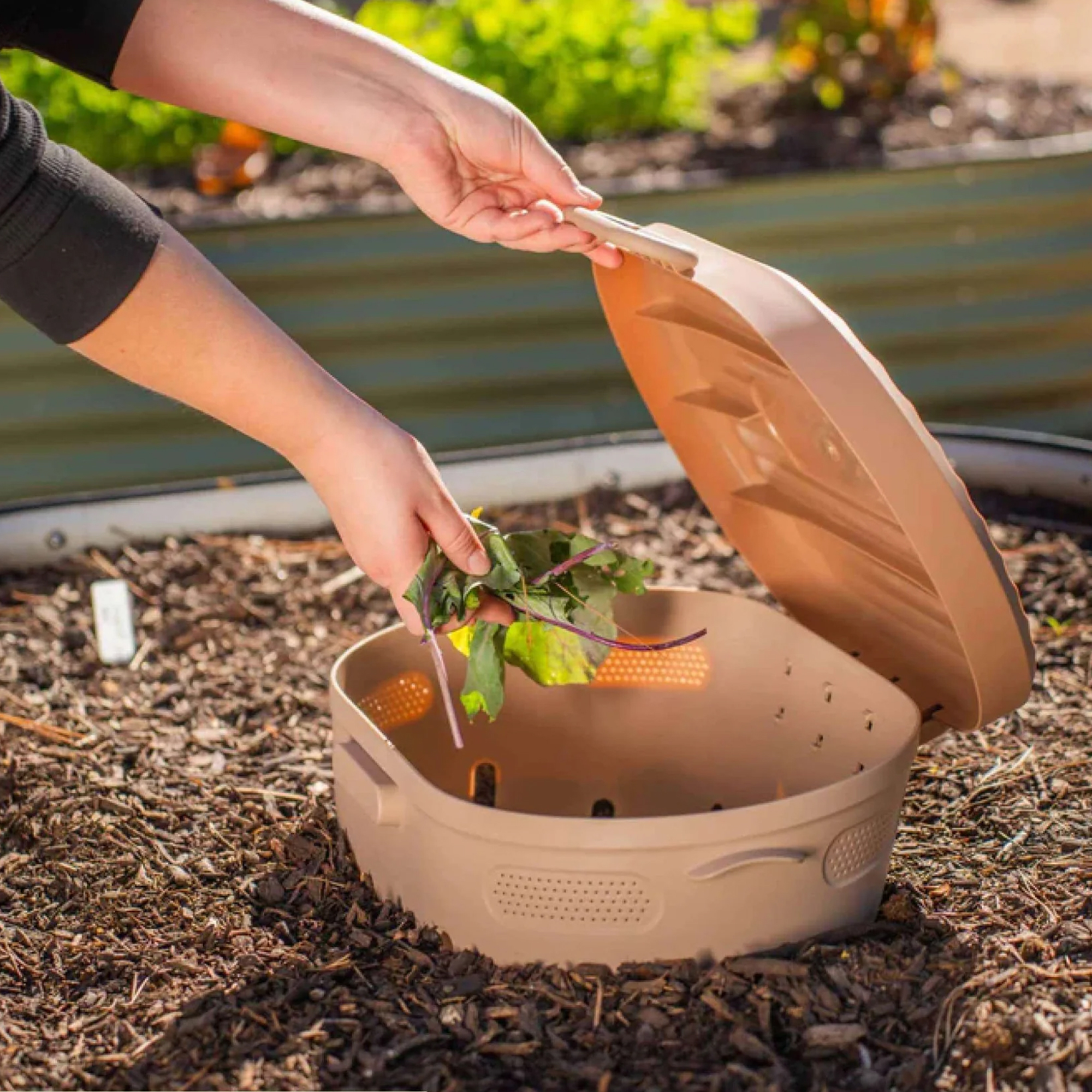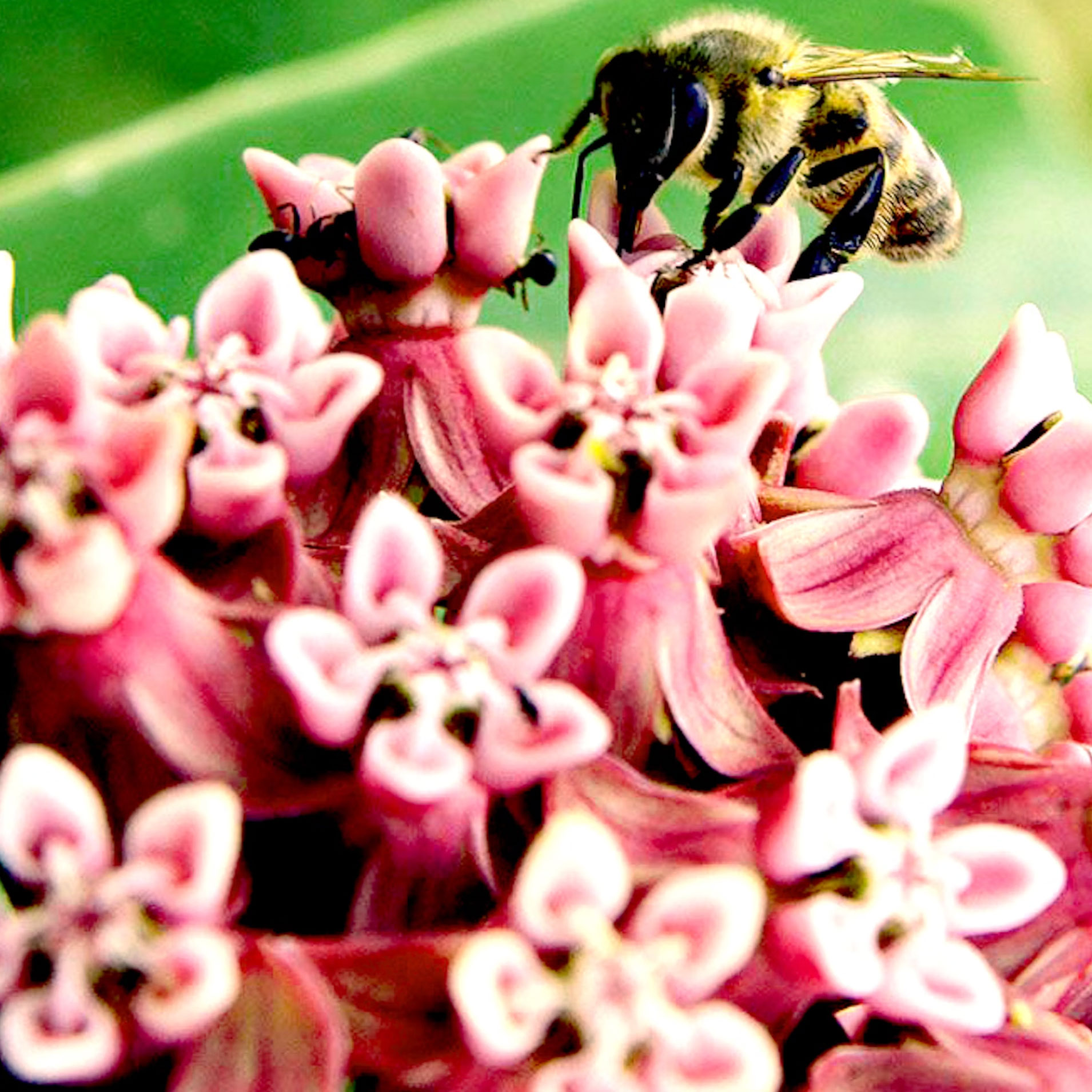7 Plants That Like Coffee Grounds: Perk Up These Key Plants & Shrubs With A Cup Of Joe – Plus, Why They Enjoy The Caffeine Boost
You’re not the only one who can benefit from a shot of caffeine! Meet the 7 plants that like coffee grounds and find out why (and how) they can benefit from the added caffeine boost
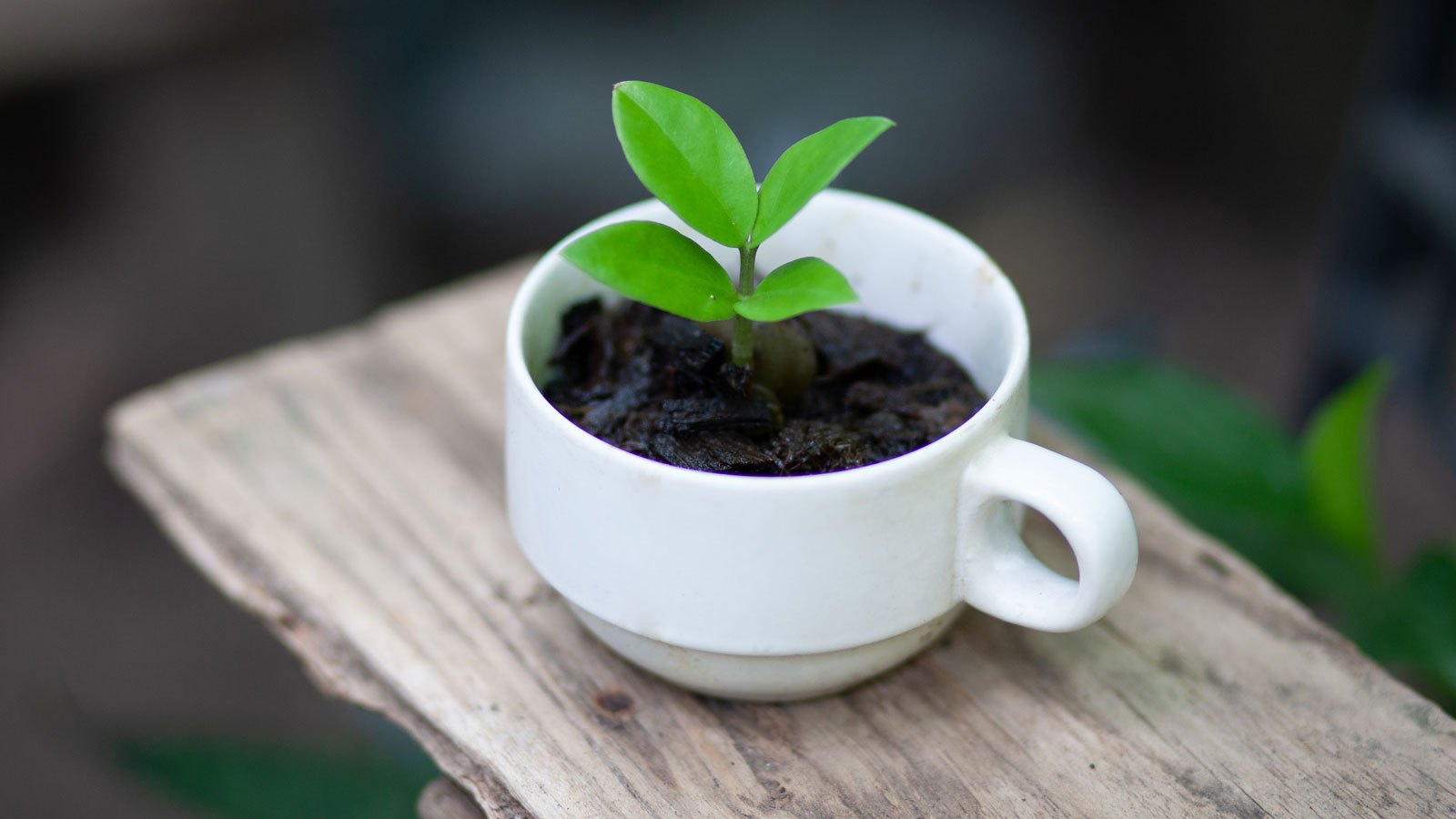

Amy Draiss
It’s become a bit of a fad to recycle kitchen leftovers these days. Whether it’s egg shells, cinnamon, banana skins or orange peels, it seems there’s always another great ingredient for plant health lurking in the top level of your waste bin. But there is compelling evidence that there are several plants that like coffee grounds and genuinely benefit from a java boost, particularly acid lovers.
As well as topping up levels of potassium and phosphorus, coffee grounds can supplement nitrogen, magnesium and key vitamins – as well as caffeine. Depending on who you speak to, there are between 400 billion and one trillion cups of coffee being consumed around the world each year. That’s a lot of grounds potentially getting binned!
For anyone with an interest in sustainable gardening and organic practices, being able to redirect some of that waste towards the health and wellbeing of plants can only be a good thing. But it’s important to pick coffee candidates wisely and moderately. While it can work wonders as a soil amendment, and can even help deter pests like mosquitoes and slugs, it isn’t wise to scatter leftovers indiscriminately around every plant you own.
Adding coffee grounds to a broader composting routine can be the most sensible way of ensuring that you are giving plants a balanced feed, but depending on the plant there are other ways. Here are the plants that love coffee grounds the most – with pointers on how to best apply your java and ensure that plants get the most from that next coffee break.
How Do You Add Coffee Grounds to Plants?
Before we look at the plants that benefit from coffee grounds the most, it’s good to get a sense of how best to administer that caffeine boost. Are coffee grounds good for plants in any shape or form? Not really – just scooping dregs into your raised beds, mixed beds and containers could be a recipe for disaster. Used dregs aren’t necessarily going to cause too much of an issue in small amounts, but give some thought to which plants are acid loving and alkaline loving – and check your soil pH before adding coffee grounds. In large amounts, they could raise acid levels in the soil.
If you are using grounds as a soil amendment, try to work them in a few inches deep (around 4in/10cm is a good gauge). Are used coffee grounds good for plants if applied directly? It’s not generally a good idea to just scatter coffee grounds in large quantities on the surface of the soil, because in extreme cases they can repel water. You can also add coffee grounds as a brew by steeping in hot water and allowing to cool – this is a quicker way of getting the nutrients to the soil.
The best way of introducing the benefits of coffee grounds is by adding them to your composting bin. A sensible ratio would be four parts green waste to one part coffee grounds. It might take a few months of turning with traditional composting methods, although electric composting units could speed up the process. Just try to make sure the overall composition of the pile does not contain more than around 15% coffee grounds.
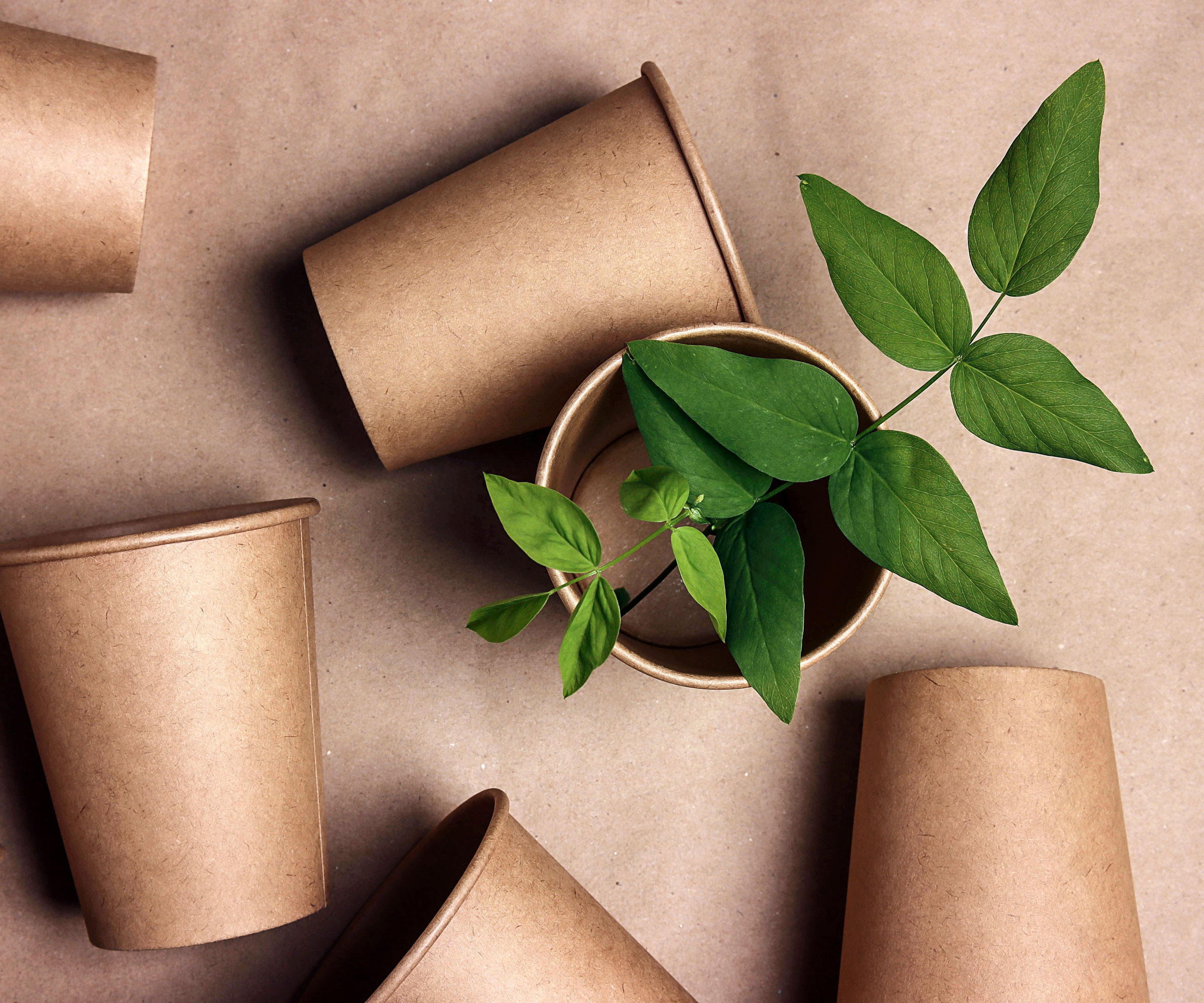
What Plants are Coffee Grounds Good For?
Depending on how much coffee is given to plants, and how, the grounds can provide decent amounts of potassium, phosphorus, calcium, iron, nitrogen, magnesium, and zinc. They also feed soil microbes which release glues that assist with overall soil drainage and structure. What’s more, coffee grounds can also be used as a slug killer and mosquito repellent. To repel slugs most effectively, add to plants as a diluted soil drench or a foliar spray. To repel mosquitoes, burn some grounds – the smell releases a smoke that disorients the mosquito.
Read on for a list of plants that like coffee grounds the best. These tend to be plants and shrubs that are acid-loving in nature, although the extent to which the acid levels will be affected will vary, depending on existing soil pH, the amount of grounds added, and the method of application.
1. Hydrangeas
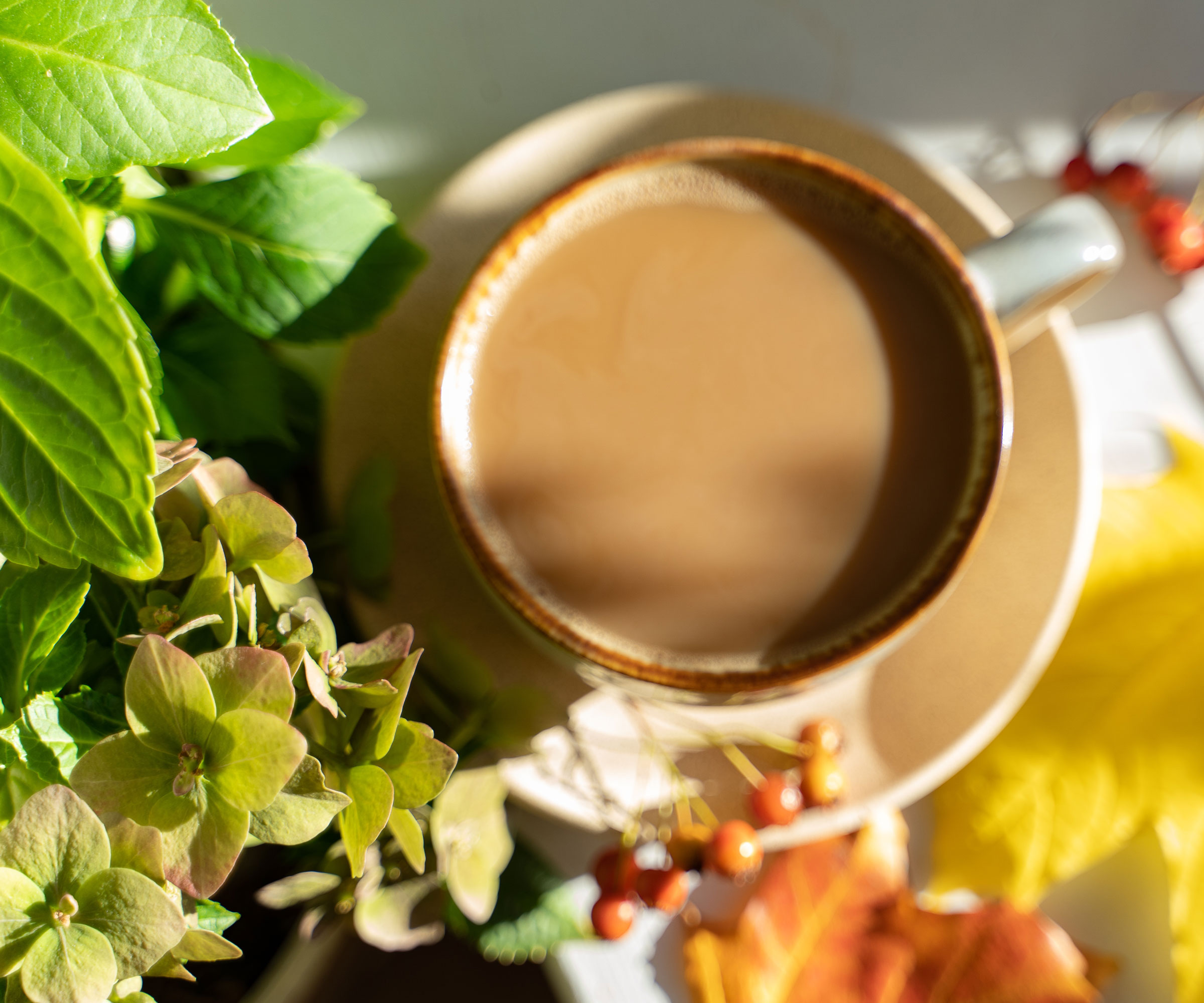
Many hydrangeas, specifically mophead or broadleaf hydrangea varieties, are capable of changing color depending on the soil pH of the ground in which they are planted. If the soil pH is acidic (below 6) then the flowers can change from pink to blue. Conversely, alkaline conditions can make blooms pinker. Adding coffee grounds can help to shift floral tones towards the blue end of the spectrum, if that’s your fancy.
A note of caution about coffee grounds for hydrangeas, though: it’s not guaranteed that adding coffee grounds will make your flowers change color dramatically. Other factors, such as USDA region and specific hydrangea variety, can influence the extent to which this is likely. Still, when growing hydrangeas, they are generally easy going enough to appreciate acidic soil conditions, so they will certainly appreciate a shot of java, whether in soil drench or compost form.
If you’re looking for a quick way to create compost with coffee grounds, try the Fast Composting Miracle-Gro Compost Tumbler from Amazon, or the Bokashi Composting Kit from Amazon.
2. Camellias
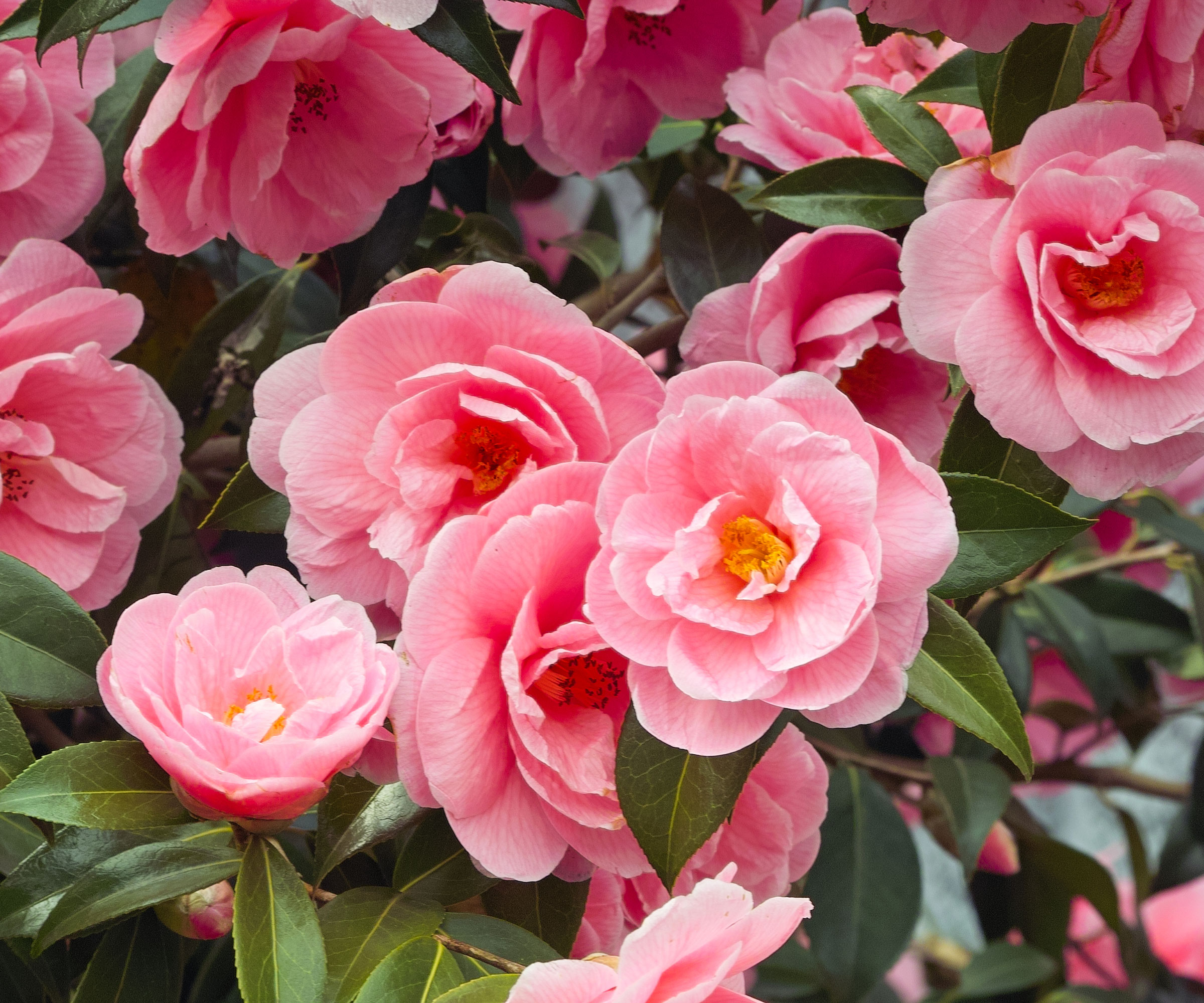
Organic feeds are the best bet for gorgeous camellias, with their immaculate and seemingly endless precision blooms. Giving camellias a regular fertilizer from early spring to early summer is recommended as a way of ensuring the luscious blooms year after year. A good natural option is Dr Earth Acid Lovers Feed from Lowes, which is geared specifically towards this shrub’s acid-loving nature.
While they should not be used as a complete alternative, coffee grounds are ideal as a supplement to your camellia fertilizing routine. Grounds are particularly useful if added to a compost that can be used to top up your shrub ahead of the flowering season. Adding too many grounds directly to the soil can result in clumping, so a compost mix is generally best for soil condition and balanced feeding.
3. Rhododendrons
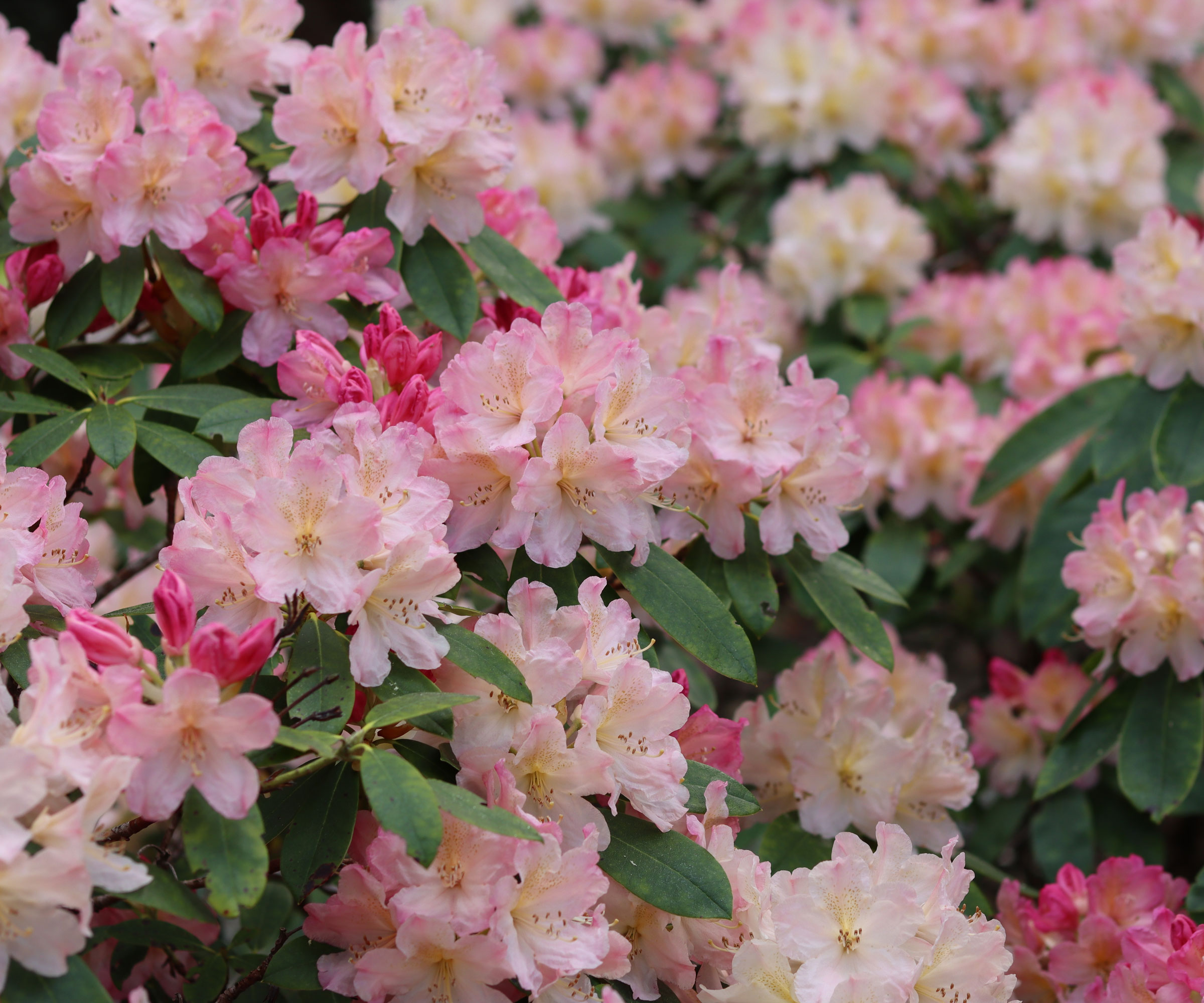
There are a couple of great aspects to the use of coffee grounds when growing rhododendrons. One, rhodies are acid-lovers and so appreciate the extra acidic fix afforded by your used grounds. The second benefit is that the coarse nature of the grounds (applied directly or as part of a compost) is highly advantageous in deterring slugs and snails, which love shade-loving rhodies.
Where applying directly to the root system, only add grounds a few times a year in beds and borders. If you are growing rhodies in containers, a couple of coffee ground applications (once in spring, and again in early summer) is sufficient. Again, don’t leave used grounds on the surface of the soil, as they can form a barrier that prevents water from working its magic and in some cases can lead to water retention. Where possible, keep an eye on drainage when using grounds.
Adding coffee grounds to your compost heap or compost bin is a good workaround if you want to use grounds but don’t want to risk compromising hydration or drainage around your rhodies. To speed up the composting process, use Reencle’s Electric Composter, available in the Gardening Know How Shop, to create a fine compost containing coffee grounds in just a few short weeks.
Sign up for the Gardening Know How newsletter today and receive a free copy of our e-book "How to Grow Delicious Tomatoes".
4. Azaleas
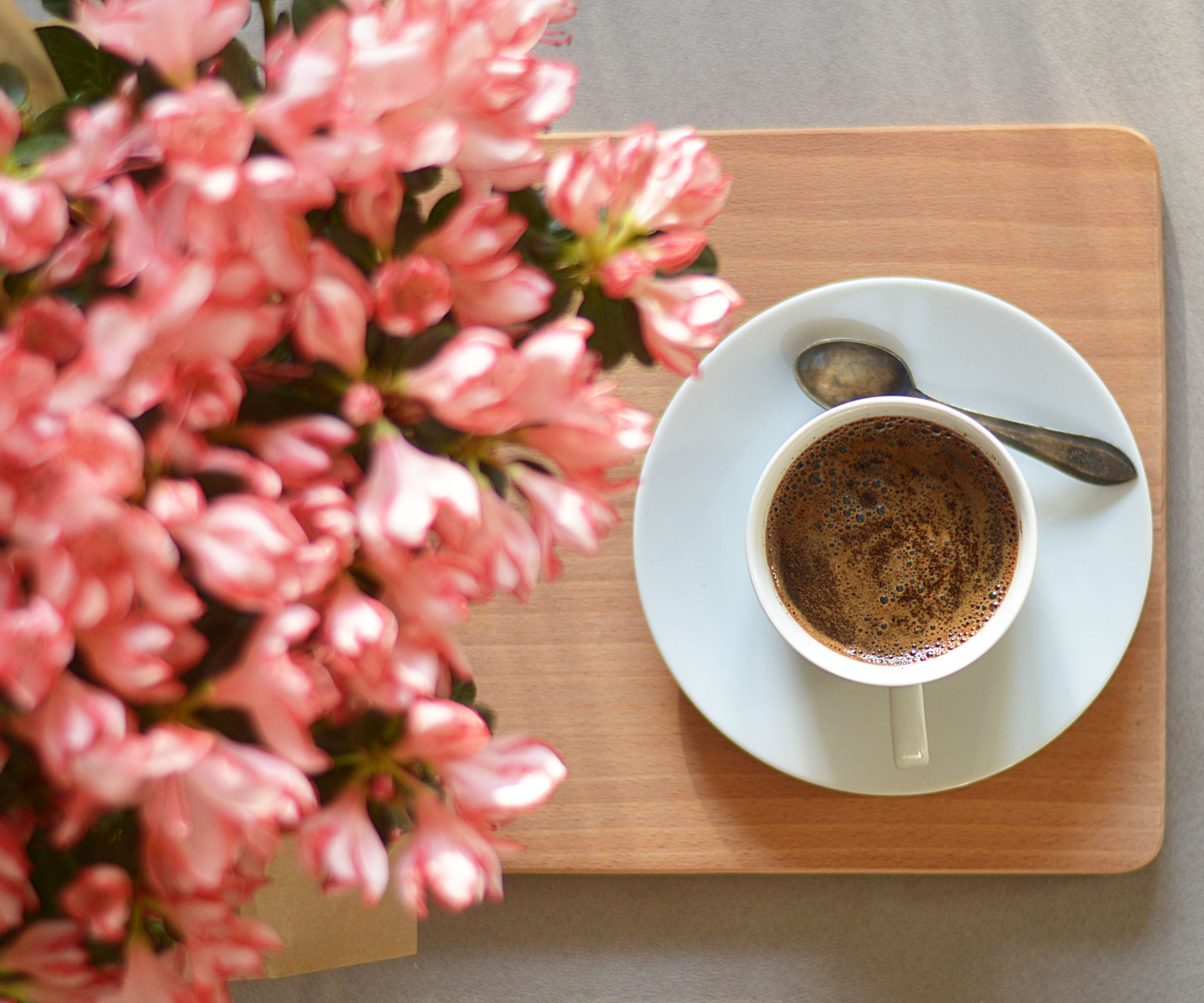
Lovely, low maintenance azaleas are a popular choice for Japanese garden themes, cottage gardens, and creative modern planting schemes. Presenting with both deciduous and evergreen breeds, they create a mellow, carefree yet highly structured elegance, usually flowering in spring (although a few azalea varieties bloom again in late summer or fall). They generally don’t need loads of feeding, although an early slow-release fertilizer, such as Expert Gardener’s Plant Food from Walmart, can help in boosting flower power.
When adding coffee grounds to your azaleas, be sure to dry the grounds first and consider working into the soil so they don’t form a crust on the surface of the soil (which can negatively affect the shrub’s drainage and water retention). Avoid direct contact with the stem. Alternatively, add to your compost pile or compost bin for a more balanced, gentler caffeine fix.
5. Blueberries
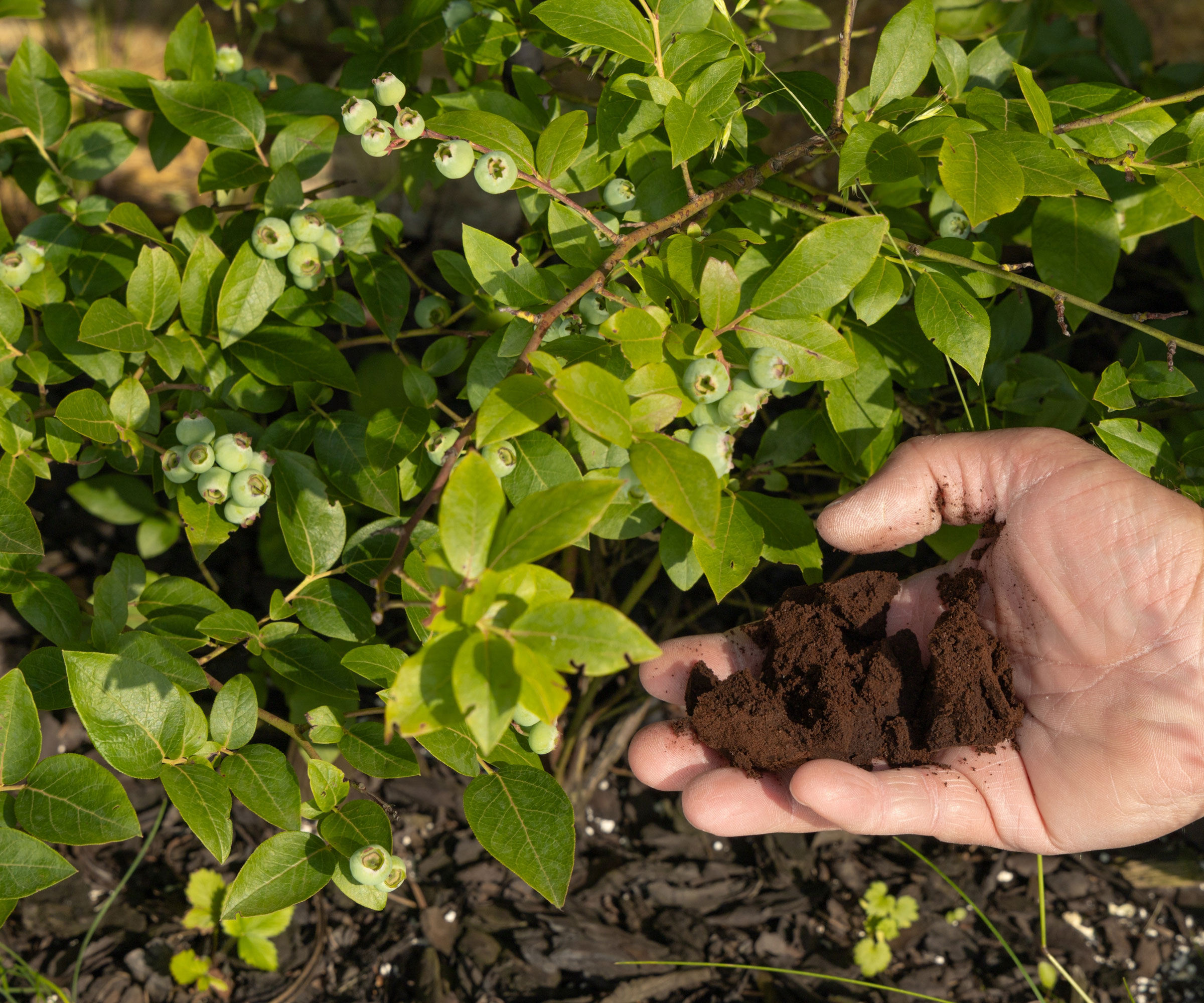
If there’s one crop you should treat to some spare grounds, it’s the lush and lovely blueberry. Adding used grounds directly to the ground or to your compost pile or bin will benefit this fruity acid-lover with supplementary nitrogen, potassium and magnesium while craftily helping to lower the soil pH a little (blueberries prefer a pH around 4-5.5).
If you’re adding coffee grounds directly to your blueberries, don’t add very thick amounts – keep the applications light and infrequent (and ideally work into the soil so it doesn’t crust around the surface). Don’t add more than three applications during a single growing season. Adding grounds to the compost is generally the most effective (and least risky) way to give your blues a coffee shot.
Plenty of great blueberry varieties can be treated to a little coffee fix, but check your specific variety for individual growing requirements. There are some excellent blueberry options for first-timers at Fast Growing Trees. However, if you notice the leaves of your blueberry start looking a little yellow, it might be a sign to go cold turkey on the caffeine – and you should definitely cut the coffee out once winter arrives.
6. Roses
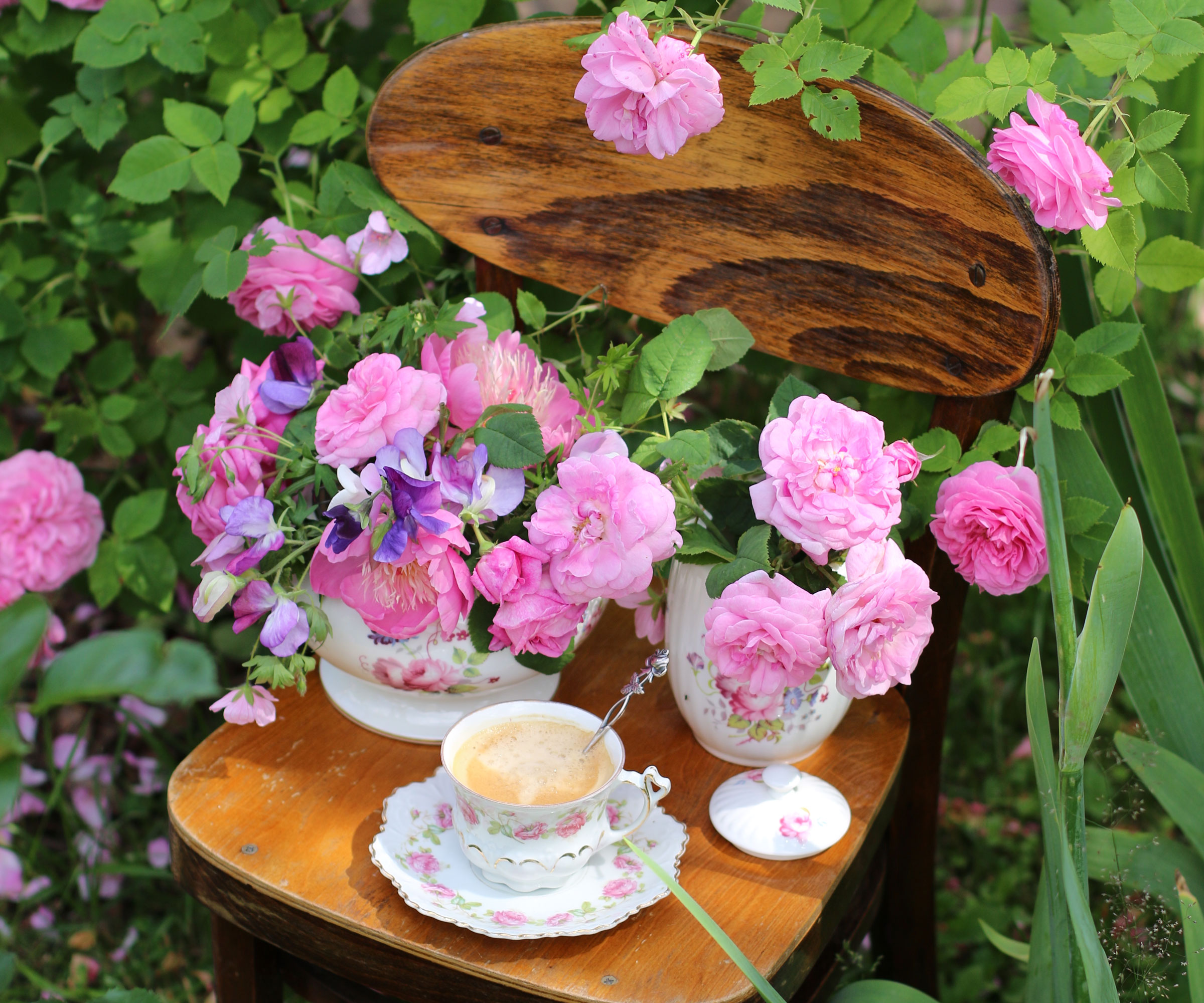
The allure of coffee grounds when growing roses is perhaps surprising, but this really is a miracle tonic for developing blooms. First, the grounds top up nitrogen levels, promoting vigorous leaf growth. When used as a soil amendment or compost top-up, the grounds also help to fight diseases such as fusarium wilt. The application of grounds even keeps soil conditions coarse enough to deter pests such as slugs and snails.
While coffee grounds won’t help roses grow faster, they can certainly give roses a shot to the system in terms of flower power. However, as with other plants mentioned here, don’t be tempted to rely only on coffee grounds as a source of plant food. The best results rely on a balance of nutrients, so add the grounds to your compost bin. It’s still wise to incorporate a dedicated rose feed such as Burpee Organic Rose + Bloom from Burpee, in order to give roses the best chance of reaching their fullest, velvetiest and most fragrant potential.
7. Peace Lilies & Pothos
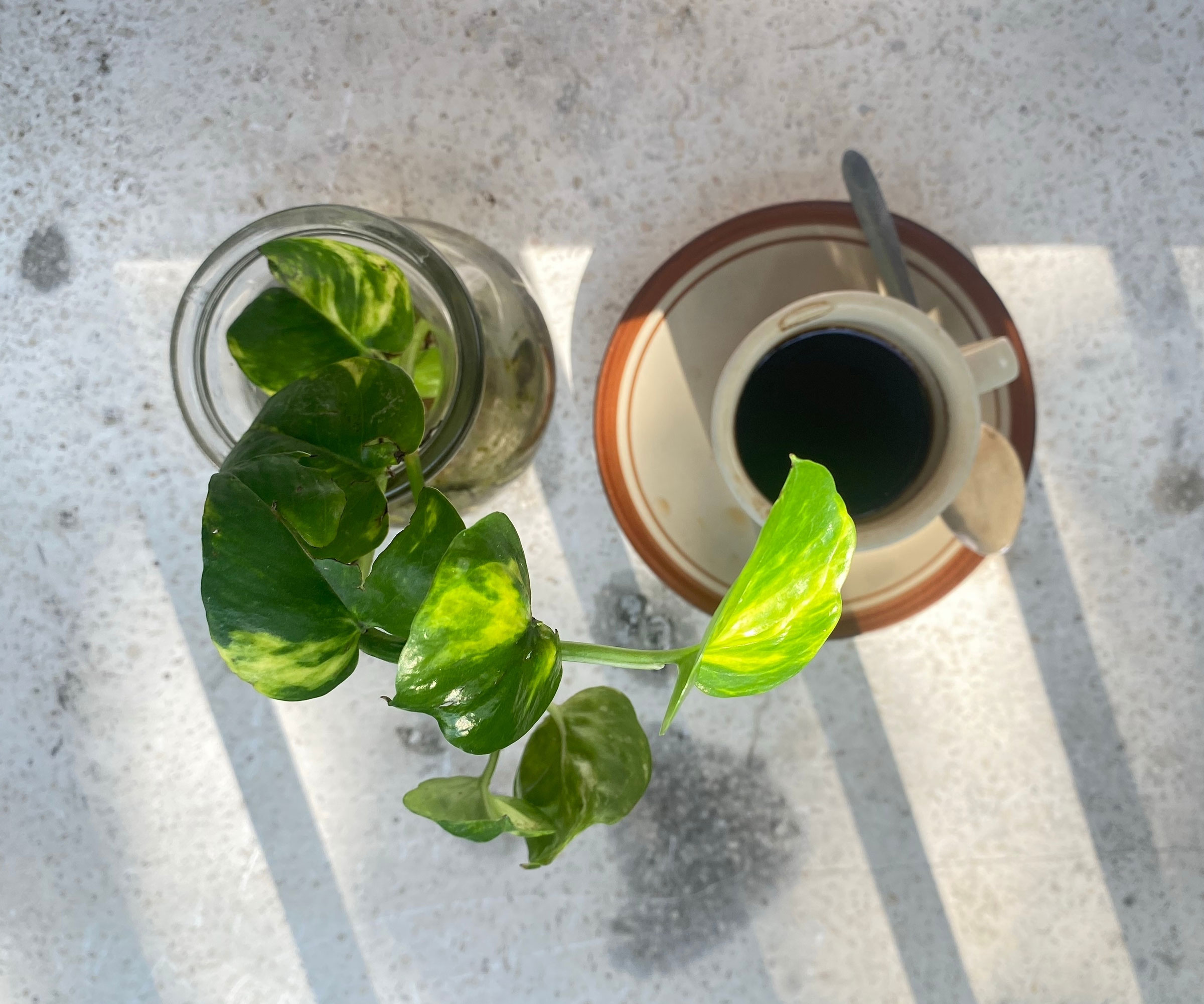
Coffee grounds make a lovely booster drink or compost top-up for a range of house plants, including aloe vera, snake plants and African violets. However, peace lilies and pothos plants are two house plants that like coffee grounds very much. Peace lilies appreciate the slight acidic boost as well as the structural benefits to the soil, enabling roots to better extract goodness from the soil. Pothos plants also appreciate the aerating properties of grounds when added as a gentle soil mix or compost top-up.
While these are two indoor plants that like coffee grounds, make sure you are still giving your houseplants a slow-release general purpose fertilizer or diluted general-purpose fertilizer at monthly intervals during the growing season. Coffee grounds are a great potential nitrogen boost, but ideally they need to be viewed as a top-up to a broader feeding routine. If possible, try a dedicated pothos or peace lily feed such as Houseplant Resource Center Original Indoor Plant Food, available from Walmart.
For more sustainable gardening advice and inspiration, sign up for the Gardening Know How Newsletter.
Frequently Asked Questions
Are there any plants that don’t like coffee grounds?
Some plants are sensitive to coffee, or sensitive to the way it can affect the soil. Alkaline loving plants are best left alone, as coffee grounds can lower soil pH. Key alkaline-loving plants that don’t like coffee grounds include lilac, rosemary and clematis. Tomatoes are also not a good match for coffee grounds, as the caffeine can have a negative impact on their growth. Coffee grounds retain moisture so they are not advised for succulents, cacti and plants that prefer drier conditions (Mediterranean plants like bay, rosemary and thyme).
Are coffee grounds better used or unused?
It’s always best to add used grounds. Unused grounds are generally too strong and any benefits would be outstripped. As well as being used, make sure the grounds are applied in a dry form. For the best results, it is generally better to add grounds to a compost rather than direct to plants. This will help to create a gentler, more balanced nutrient boost for plants. Failing that, mix into the soil rather than just plopping grounds around plant stems. Moderation is important when giving plants coffee!
This article features products available from third party vendors on the Gardening Know How Shop. Keep in mind that our plant inventory is limited - so if you’re thinking of purchasing, don’t wait!

Janey is a former assistant editor of the UK’s oldest gardening magazine, Amateur Gardening, where she worked for five years. For the last few years, she has also been writing and editing content for digital gardening brands GardeningEtc and Homes & Gardens. She’s taken part in a range of conservation and rewilding projects for the Royal Horticultural Society (RHS) and the British Trust for Conservation Volunteers (BTCV) as a way of exploring her horticultural horizons. She is currently undertaking her RHS Level 2 certificate in The Principles of Plant Growth and Development.
- Amy DraissDigital Community Manager
